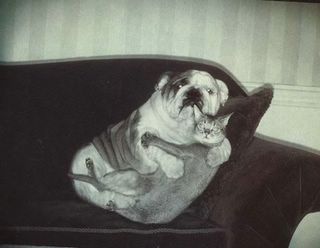So on Thursday, my coworker Gina and I went to see Kay Pranis speak. Kay is the OG of restorative justice and and all around cool lady. A cool quote that she used is "Crime is a wound and justice is healing". With that in mind, here are some notes from our discussion on restorative justice.
First Kay started talking about isolation and disconnection leading to some wrongdoing that causes harm to someone. When someone in the community is harmed this is also a harm to the community. As a result of this harm there is a response to this harm. Usually this response focuses on the person that committed the harm. Oftentimes, focus is so much on the person that committed the harm that the person that was harmed is neglected. As a result of the focus on the harmer and the neglect of the harmed, this can lead to greater isolation and disconnection.
Restorative justice focuses on an intervention in the response to the harm caused. This interventon should strengthen the community, create new or strengthen existing relationships, connect the community to a shared vision, and build skills to listening.
So then we started to explore what types of intervention leave the community stronger than before the incident. We discussed making amends, peer mediation, a capacity for the community members to self regulate without coercive force so there is less of a reliance on authority figures, an inclusive intervention, and finally an intervention that is a safe space to share stories and break down social distance.
In the restorative framework, Kay talked a bit about the responsibilities that the community has,
1) The community must rally around the one harmed.
2) The community must support the person who caused harm in making amends.
3) The community must attend to its own healing.
4) The community must pay attention to the pattern and what that says about the community.
In the traditional justice framework the question is what do we do to the harmer. In the restorative framework, the question is what does the harmer need to do to create peace. A lot of the discussion we had was focused on creating a community and framework where people could be heard and when they are heard they are more open to looking towards solutions.
At the end of it all, I was really excited to see a circle in action. But I'll have to wait to get a training. I really want to institute this at my school. Right now, when a student is a problem or does something that harms a person or the community, they either are dealt with by their CTM or they have a staff meeting where they appear before all of the teachers with their parents. They are supposed to only get one staff meeting and after that they go. Restorative justice circles would be an intermediate step between CTMs and staff meetings. This would be a way to take the pressure off of teachers but also give students more of a buy in to the school. Circlekeepers would do peer mediation and discipline would be be less authoritarian. We'll see how this works and I'll keep posting as more happens.
Saturday, December 06, 2008
Subscribe to:
Posts (Atom)
